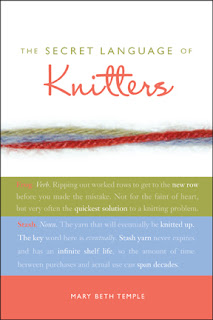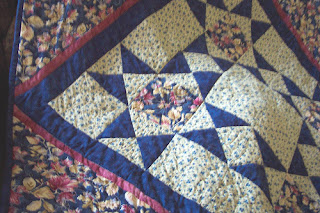 As technology grows, so does our imagination. Digital photography, printers, photo transfer -- what an amazing array of quilts have sprung from this technology alone.
As technology grows, so does our imagination. Digital photography, printers, photo transfer -- what an amazing array of quilts have sprung from this technology alone.With an ink jet printer as well as some quilting know-how, a photo-transfer quilt is only a few clicks and stitches away. Back in my grandmother's day, I think crazy quilts took the place of memory or photo quilts. The maker used embroidery, initials, symbols of people and events they wanted to remember. Women made a life quilt that included birth information and other special memories that stopped only when the maker considered the quilt finished. Sometimes another quilter finished up what the maker had begun by embroidering the date of the maker's death.
Maybe my association with crazy quilts and memories makes it reasonable to incorporate photos into crazy quilts, along with the symbols, dates, names, and embroidery embellishments. Every culture has a cloth of some kind that recalls a life....none of us want to live and die in obscurity, so maybe making a life quilt is the answer.
There are online galleries of what other quilters have made using their imagination and the new technology. Not all photos are of loved ones, as this quilt featuring photos of stylized crosses attest.
Although this blog began as a tribute to photo transfer quilts, I think it should end with a trip to the Crazy Quilt Society's webpage. I find the crazy quilt so inspiring and a perfect venue for stitching together a life well lived -- and crazy seems to describe me so well.
I particularly love the Society's crazy cups exhibit -- quilts don't need to lay on the bed, you know!















